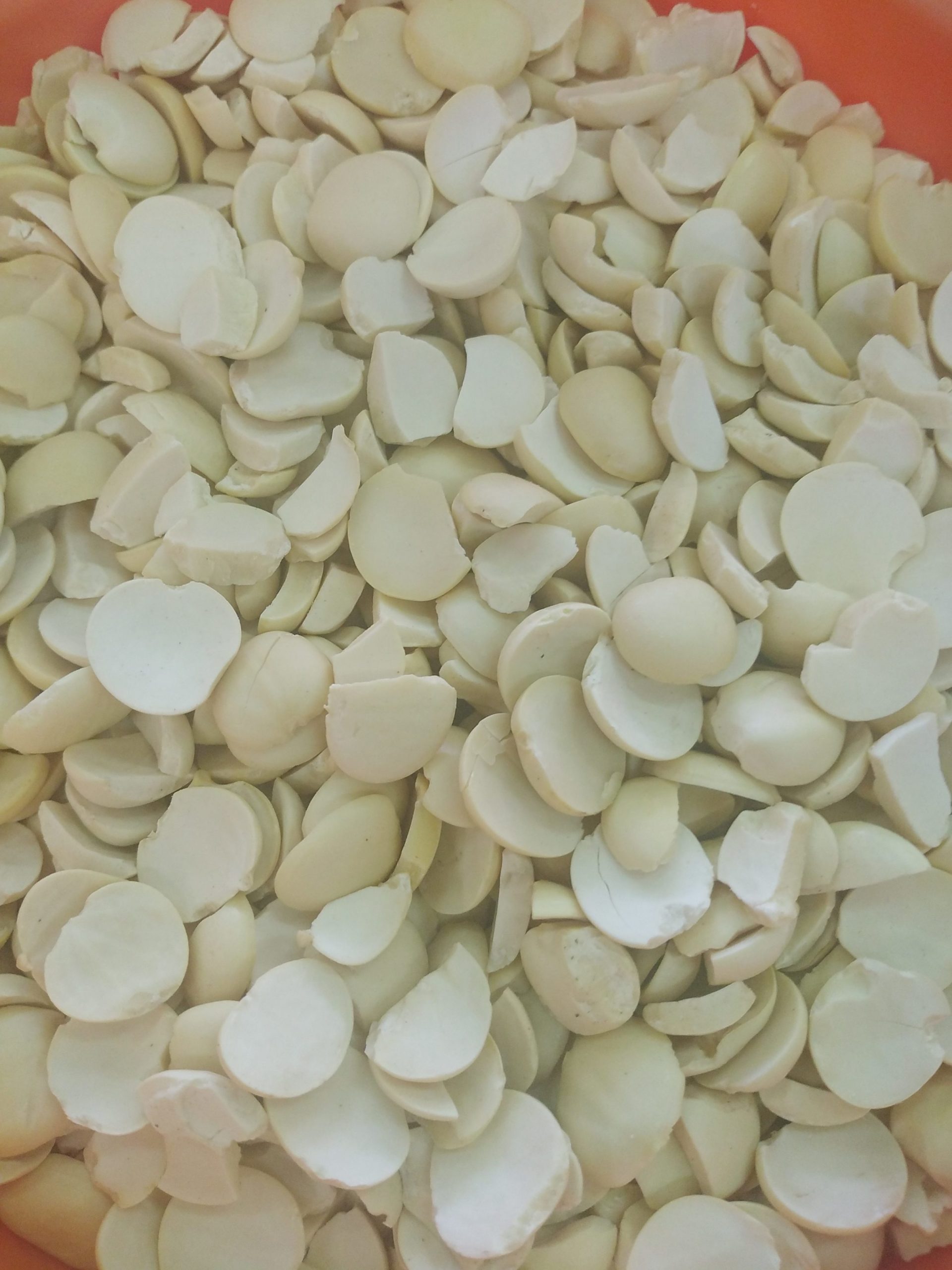Is the flour of Tylosema esculentum the novel textural ingredient in gluten-free bread making?
Dr. Patricia Nyembwe Mujinga, post doctorate researcher at the University of Pretoria (UP)
Over the last few decades, the popular belief is that a gluten free (GF) diet is a healthier option. Gluten-related disorders are driving an increasing number of consumers to opt for a GF diet as a lifestyle choice. Consequently, a lot of research have been conducted on GF bread to improve their technological properties. Nevertheless, many studies state that consumers remain unsatisfied with the quality of GF breads which are described as firm, dry crumbling crumb and with a poor mouthfeel, as the flours used lack the structure-building characteristics provided by gluten.

smart
Tylosema esculentum, an underutilised African drought tolerant legume. It represents an attractive alternative as gluten-free ingredient as its flour is highly functional, rich in lipids, proteins and dietary fibre. In this study, GF breads were prepared from defatted marama flour- cassava starch (DFM-CS) composite in different ratio. The crumb texture of freshly produced breads was assessed by a sensory panel using the flash profiling method, as well as by conducting a texture profile analysis according to the approved method (AACC International, 2009) using the texture analyser EZ – L Shimadzu. The measured parameters were expressed as crumb firmness (N) and springiness (%).
The result showed that more defatted marama flour in the composite formulation lead to development of a soft and springy bread crumb. This may be due to the combined effect of marama flour functional properties such as water absorption and emulsion capacity as well as the presence of dietary fibre. Interaction between legume protein and dietary fibre including pectin known as hydrocolloid are reported to improve the viscoelastic behaviour of gluten free dough leading to an enhancement of dough development, structure and gas retention. Thus leading to the development of gluten free bread with a soft crumb and improved elasticity.
Inclusion of marama flour should be consider in the development of gluten free with improved texture.
Written by:
Dr. Patricia Nyembwe Mujinga, post doctorate researcher at the University of Pretoria (UP)
Dr Patricia Nyembwe Mujinga is a dedicated and passionate post doctorate researcher at the University of Pretoria (UP), Faculty of Natural and Agricultural Sciences, Department of Consumer and Food Sciences and Institute of Food Nutrition and Well-being. She succeeded in relating the academic work to several industrial projects. She can fluently speak English and French. Her latest research focused on the optimisation of the sensory properties of gluten free bread that contribute to the nutrition and well-being of coeliac patients and consumer with gluten intolerance.
Her work includes:
- Design and development of gluten free doughs that resemble wheat bread doughs while using legume protein flours as alternative to wheat gluten.
- Optimisation of the bread baking performance and exploration of the sensory profile of breads using descriptive analyses method such as Flash Profiling.
- Design and development other baking products such as biscuits that are appealing, appetising and nutritionally adequate to address the problem of protein energy malnutrition in risk community of Sub-Saharan Africa.



